Can Art Therapy Help OCD?
Medically Reviewed By – Juliet Gustafson, LMSW
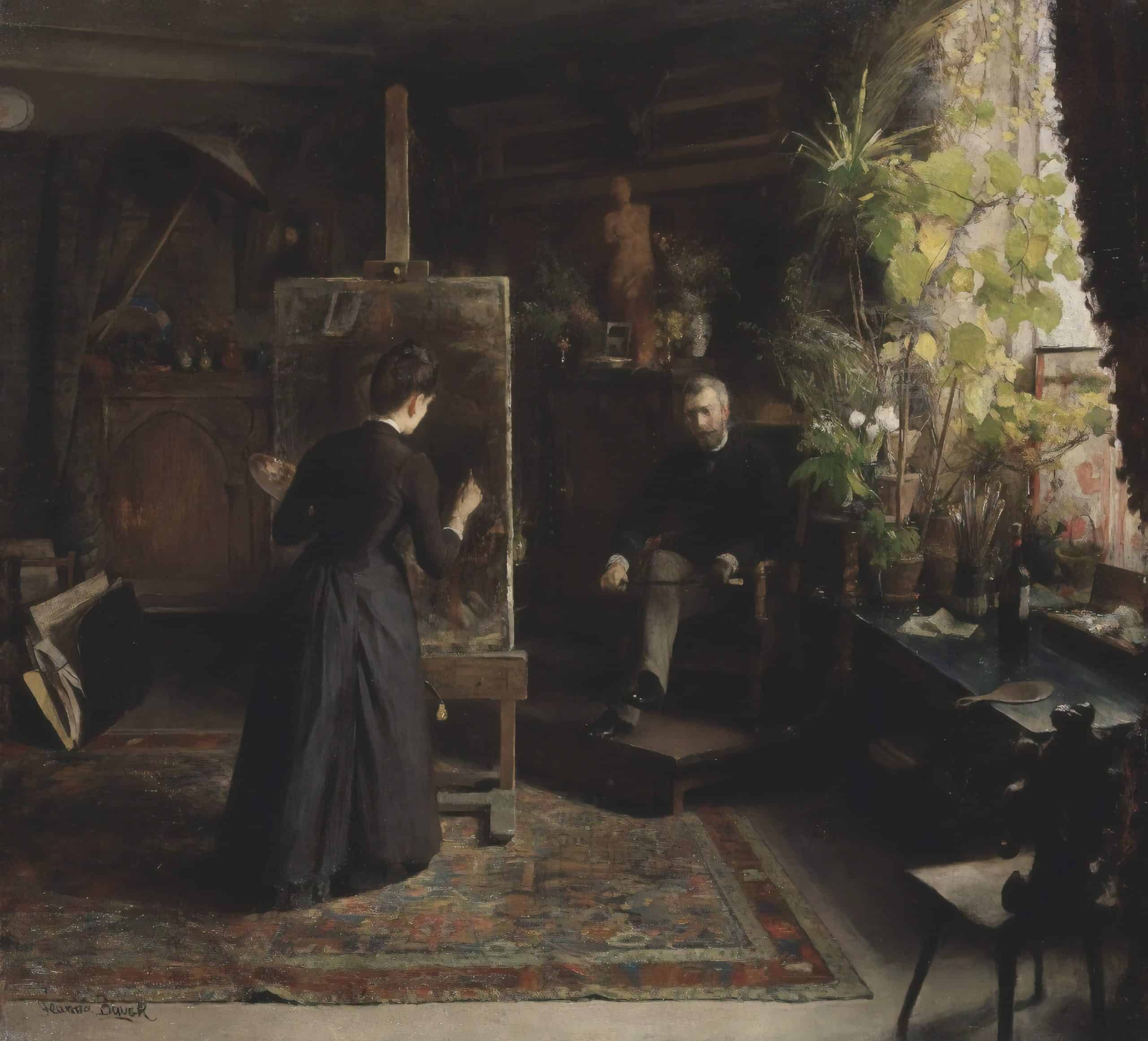
For the last 70 years, art therapy has been used to treat mental health patients. Art therapy is a very effective and trusted way used to decrease Obsessive Compulsive Disorder symptoms. Art therapy is best utilized with a combination of other CBT techniques. As science and technology evolves, the question still remains Can Art Therapy Help OCD? The answer is a positive yes.
This post answers the common question of Can Art Therapy Help OCD?
What Is OCD
Obsessive-compulsive disorder (OCD) is a mental illness that generates a never-ending cycle of obsessions and compulsions.
Obsessions are unwanted, unwelcome ideas and/or intrusive thoughts that create trauma and stress.
Compulsions are acts that are repeated in an attempt to ease ocd symptoms caused by obsessions. According to The World Health Organization, OCD is considered one of the top 10 most debilitating conditions worldwide.
History of Art Therapy
The term art therapy originated around the early 1940’s and was accredited to the British artist Adrian Hill. As Tuberculosis was spreading like wildfire, it was observed and analyzed that scribbles and drawings served as a healthy outlet to express emotions.
By the 1960’s, art therapy was commonly used in mental health institutions due to its effectiveness on suffering patients.
Sometime during the cold war years, art therapy was becoming popular in the US by two significant figures, Margaret Naumburg and artist Edith Kramer.
Margret saw a direct correlation between art and the unconscious mind. It was during this time that The American Art Therapy Association was founded (1969).
As art therapy gained momentum and proved a therapeutic tool, it found its way into child psychotherapy.
It was believed that during tough and unpredictable psychological times, children could express their feelings through art. Art became a communication tool between children and therapists.
Art therapy is alive and well in this modern era we live in. It has been widely studied and observed by now.
Art therapy can be used to aid in treatment of mental health disorders such as PTSD, Major Depressive Disorder (MDD), anxiety disorder, and Obsessive Compulsive Disorder .
What is Art Therapy?
Art is a tool used in therapy to help people with mental illness process their thoughts and feelings, communicate with their therapist, and increase self confidence. This is considered a Complementary Treatment for Mental Disorders.
Art therapy is a form of psychotherapy that is centered around the idea of expressing emotions, thoughts, conflicts and feelings using artistic techniques.
This practice is great for boosting mood and treat ocd. It involves the work of an art therapist who is clinically trained to handle different mental illnesses.
Patients who participate in art therapy are not required to have artistic skills and/or experience in art.
The objective is not to diagnose and analyze a patient’s drawings, instead it is used to enable patients to change their thoughts and grow personally through art.
According to The American Art Therapy Association it is “an integrative mental health and human services profession that enriches the lives of individuals, families, and communities through active art-making, creative process, applied psychological theory, and human experience within a psycho-therapeutic relationship”.
Related Article(s) – The 3 Proven Treatments Of OCD
Types Of Art Therapy
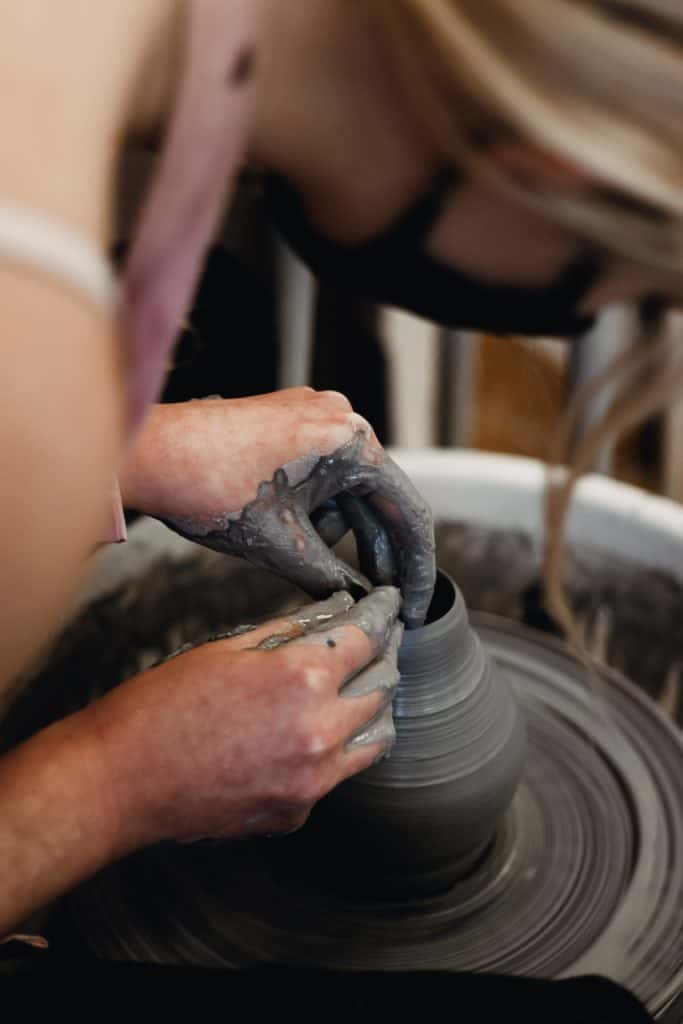
All this talk about art therapy is nice and all but what do we mean by “Art”? Does art in this context mean drawings, scribbles and music? Well yes, let me explain.
There are many types of techniques used to incorporate art therapy and express deep thoughts and creative expression. These include the following –
- Drawings
- Paintings
- Sketches/scribbles
- Photography
- Clay work
- Sculpting
Each type of art therapy listed above has been effective in decreasing symptoms of anxiety and stress in ocd sufferers. Moreover, such techniques have been used to enhance the therapeutic benefits and relationship by providing a means of communication for those unable to describe their feelings or past experiences such as scary images.
Related Article(s) – What Are The 4 Types Of OCD?
How Does Art Therapy Help with OCD?
Art therapy can be used in conjunction with Exposure & Response Prevention for the treatment of OCD.
Art therapy can be used in conjunction with Exposure & Response Prevention for the treatment of OCD and other mental health symptoms such as anxiety related symptoms and depression symptoms.
Since OCD is a chronic disorder dominated by obsessions (also known as intrusive thoughts) exposure and response is considered the “gold standard treatment model” for ocd treatments.
This is because ERP therapy was created specifically for OCD and has been found very effective through countless research studies. Creating art however, can be an excellent medium for exposures!
For example, ocd sufferers could be asked to create art such as drawing their intrusive thoughts. You may be asked to draw a portrait of yourself if/when you are exposed to obsessive triggers.
Moreover, art therapy is believed to decrease severity of OCD symptoms such as intrusive thoughts, repetitive behaviors and reducing anxiety. Furthermore, patients who suffer from Comorbid disorders of OCD such as depression, anxiety disorders and eating disorders may too find art therapy beneficial.
6 Famous OCD Artists
Heads Up – The following list is based solely on speculation based on their “diaries”. There are no definitive articles and/or research studies to support these claims.
Believe it or not, OCD university has an excellent art department. Some of the greatest artists of all time may have suffered from OCD and related comorbid diseases such as anxiety and depression. The below list of artists throughout history are believed to suffer from OCD.
Vincent Van Gogh (1853-1890)
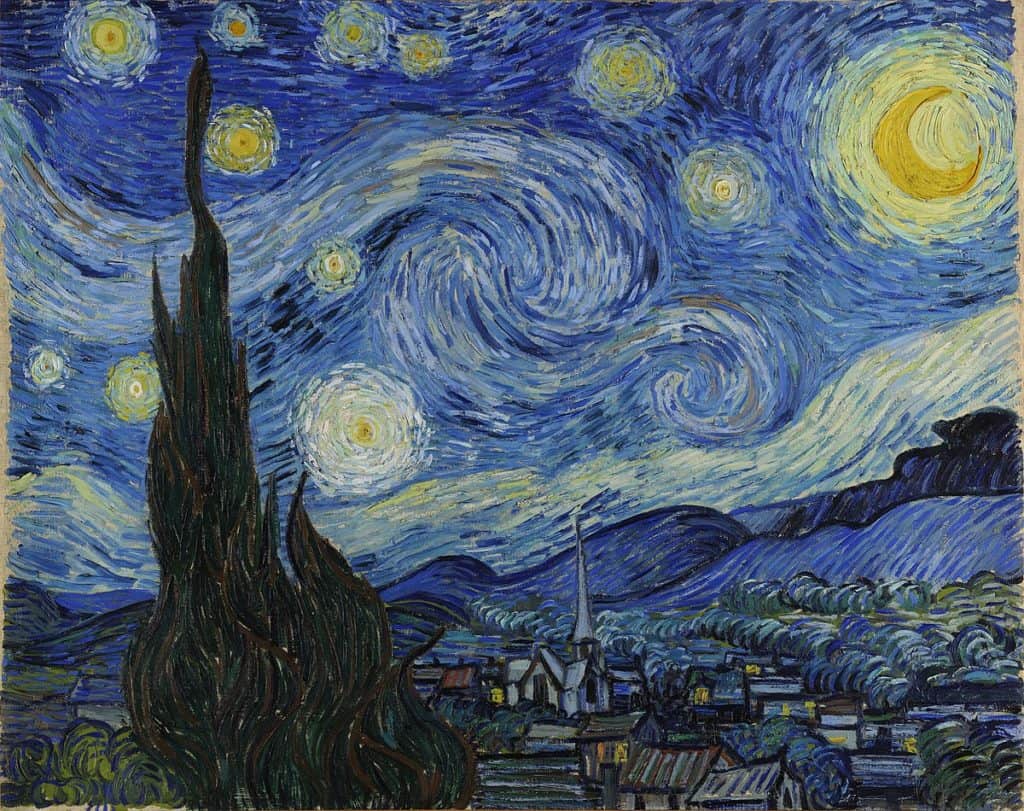
The most famous artist in this list, Vincent Van Gogh is a dutch landscaper that suffered from a multitude of mental health disorders such as depression and anxiety (which are widely comorbid with OCD). Furthermore, he is also believed to have suffered from bipolar disorder. He is better known for his excellent use of colors (especially yellow) and his warm themed paintings. Van Gogh’s best work The Starry Night is on display in The Museum of Modern Art, NewYork.
“Art is to console those who are broken by life.”
– Vincent Van Gogh
Michelangelo Buonarroti (1475-1564)
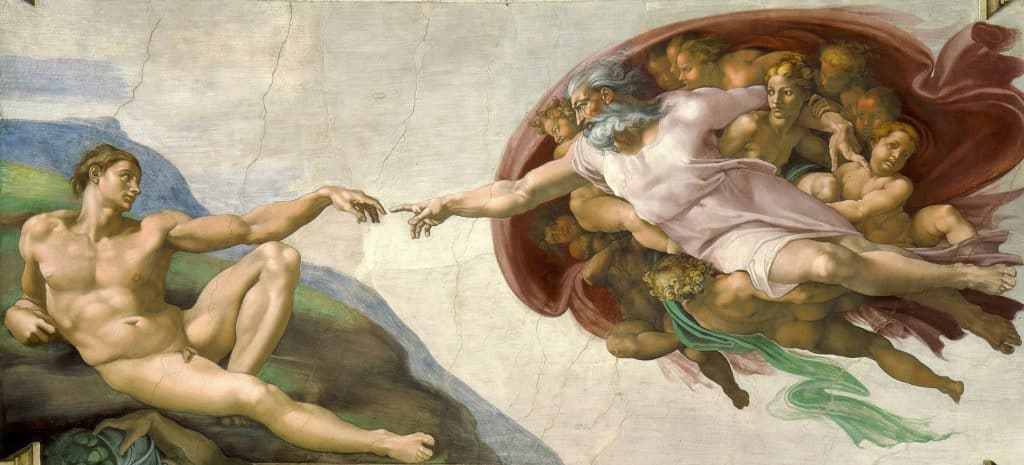
One of the greatest artists to ever grace the face of the earth. Michelangelo was the marvel of his time. Starting out as a sculpture in his early 20’s in which he created The Pietà and David (The Thinker). Later on in his marvelous career he turned to paintings, producing arguably the most influential frescoes in history.
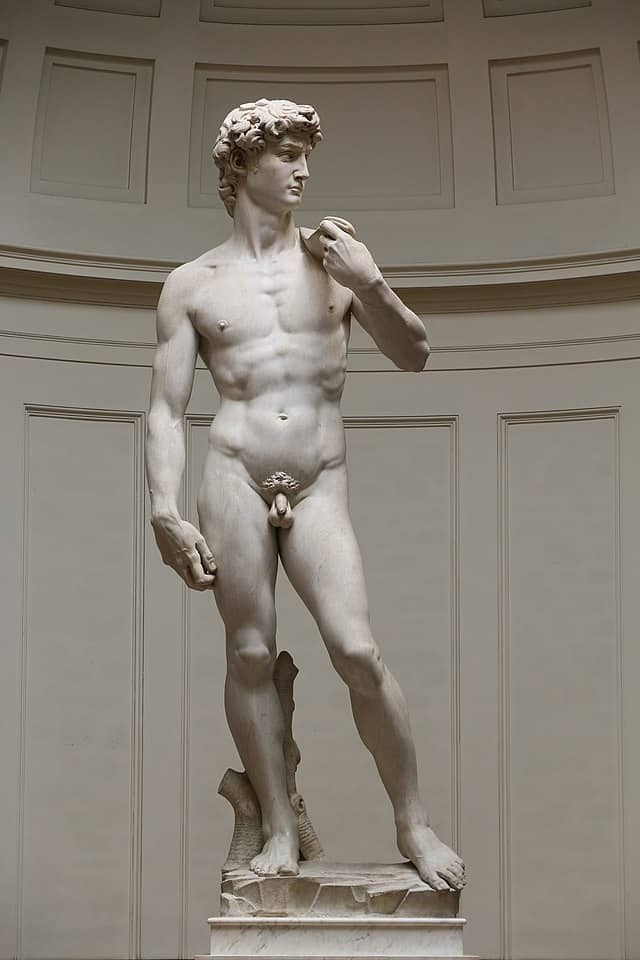
These works of genius include Genesis on the ceiling of the Sistine Chapel, and The Last Judgment on the altar wall of the Sistine Chapel.
Although his works of magic still remain unmatched, Michaelangelo is believed to have suffered from OCD, anxiety and depression.
His obsessive behavior is observed in his diary. He would sleep in his working clothes with his boots on and later complain that they would hurt his feet.
“No thought is born in me that does not bear the image of death.”
– Michelangelo
Edgar Degas (1834-1917)
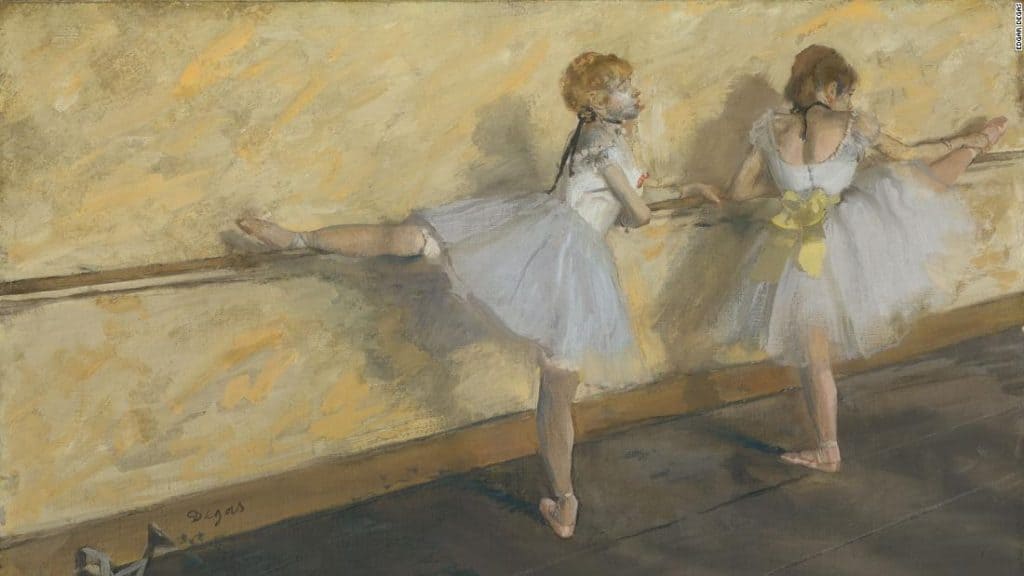
French impressionist Edgar Degas was believed to suffer from severe depression. Degas was an introverted painter who usually disappeared in his studio for weeks working on his masterpieces. He is known for drawing ballet dancers and singers. His most famous painting “Dancers at Rehearsals” resides now at the Pushkin Museum of Fine Arts, Moscow.
“A painting requires a little mystery, some vagueness, and some fantasy”.
– Edgar Degas
Edvard Munch (1863-1944)
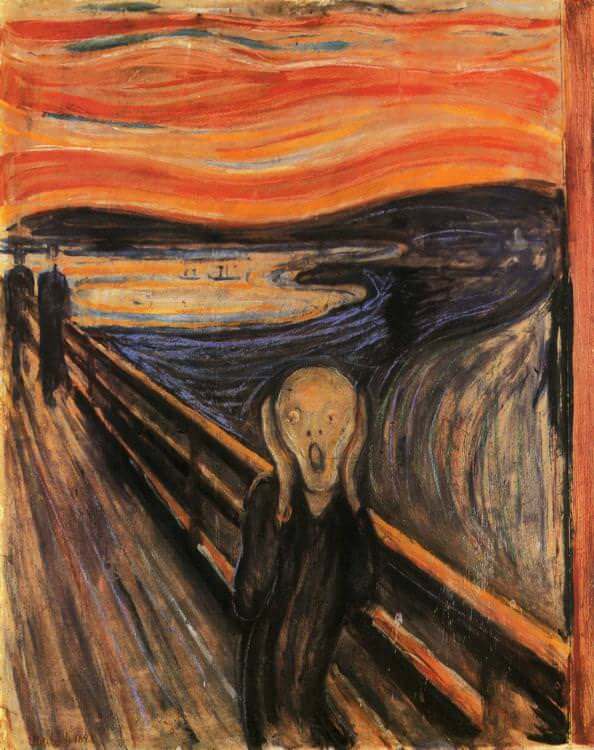
The creator of one of the most famous paintings of all time (The Scream), Edvard Munch suffered from anxiety and extreme hallucinations for most of his life.
A troubled childhood highlighted by loss combined with a drinking addiction later in life triggered his anxiety and hallucinations.
The scream is now located in The Munch Museum, Oslo, Norway.
“The way one sees is also dependent upon one’s emotional state of mind. This is why a motif can be looked at in so many ways, and this is what makes art so interesting.”
– Edvard Munch
Paul Gaugin
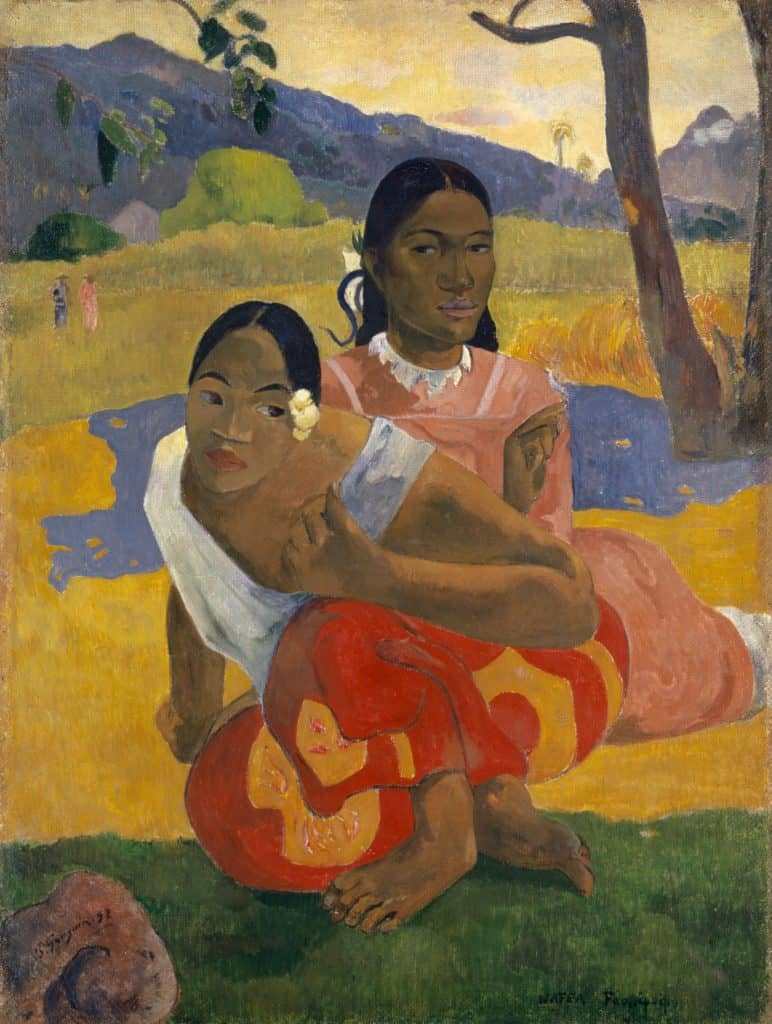
Paul Gauguin was believed to have suffered from panic attacks and moderate to severe depression.
He is best known for his visually appealing and colorful paintings of his surroundings.
His works of art helped him cope with his anxiety while also inspiring a new generation of artists pursuing naturalistic exotic subjects.
“Civilization is what makes you sick”
– Paul Gaugin
Mark Rothko (1903-1970)
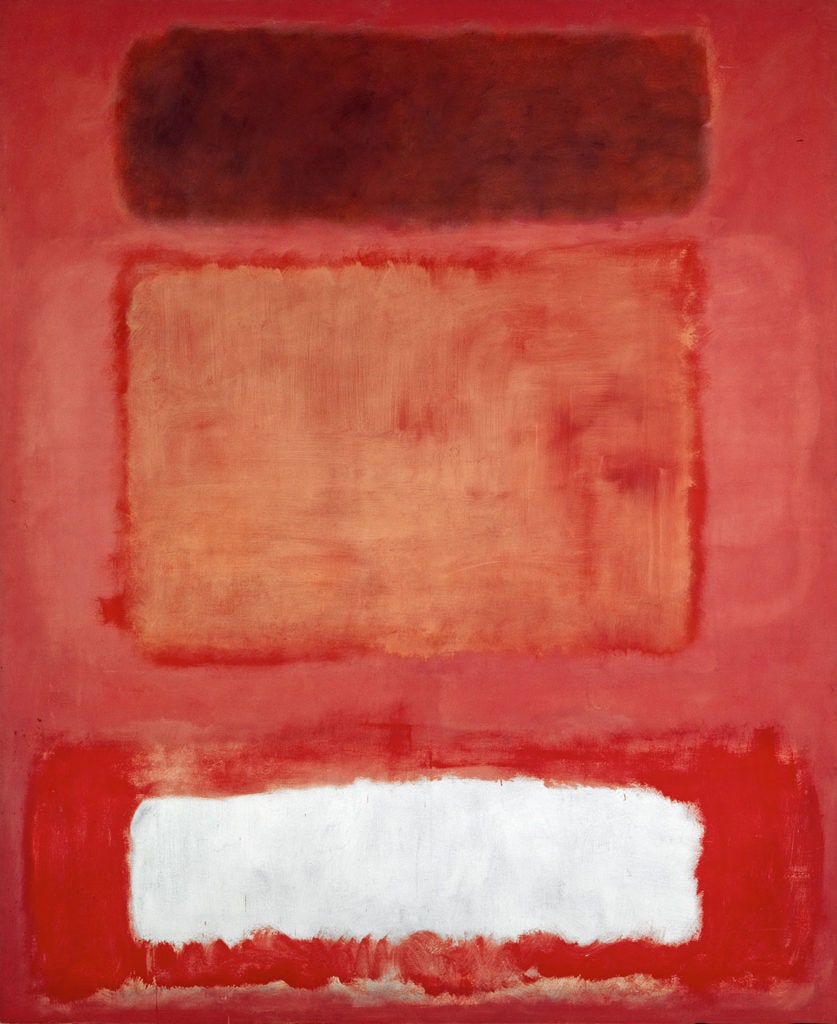
The famous Mark Rothko is better known for his abstract expressionist paintings. Rothko was believed to suffer from moderate to severe levels of depression.
He too was addicted to the drink, which lessened his temper and increased his anxiety overtime.
His paintings consisted of no more than two/three colors with an emphasis on maximizing vibrant colors.
“You’ve got sadness in you, I’ve got sadness in me – and my works of art are places where the two sadnesses can meet, and therefore both of us need to feel less sad.”
– Mark Rothko
Art Projects for OCD
As we explained earlier, art therapy can aid in treatment of OCD and other mental health disorders. Art projects used for obsessive compulsive disorder (OCD) share a common goal, to build trust between the patient and licensed professionals, increase concentration, and decrease obsessive compulsive symptoms.
Drawing/Painting – A classic approach to art therapy, it is used as a relaxation technique to calm patients and decrease stress levels in the process.
Clay/Sculpture – An effective technique used in art therapy to encourage patients to explore and express their feelings. Sculpting is also considered an activity that supports mindfulness meditation and increases creativity.
Textile Art – Sewing may also be viewed as a positive form of art therapy. It is used to increase focus, concentration and works as a form of meditation/relaxation.
Dancing – A unique form of art therapy that is mainly used in theater and ballet. It increases social skills while also enhancing mind-body coordination which is huge for mental health patients. Dancing may also be considered a vessel between mind and body, expressing deep emotions through motion and movement.
Doodling/scribbling – The most basic form of art therapy as long as you have a pen and paper. Doodling is considered one of the most therapeutic approaches to art therapy as it may include quick sketches, creating comics and indulging in creative thinking.
Can Art Therapy Help OCD?
Although art therapy should not be the primary treatment intervention for OCD, it can used as a complementary treatment alongside Exposure and Response Prevention (ERP) to aid in exposures, help patients improve self esteem, and decrease symptoms of other mental disorders such as depression.
Moreover, Art therapy is a combination of other therapies that can be used to relieve OCD symptoms such as joining support groups, marital therapy Family counseling and engaging in private practices.
It has been used for more than 70 years now and has a proven track record. There are other treatment options in forms of art therapy techniques that can be used as part of treatment for mental disorders. These include therapists in general, specifically art therapist(s) and licensed professionals.
This post answered the common question of Can Art Therapy Help OCD?
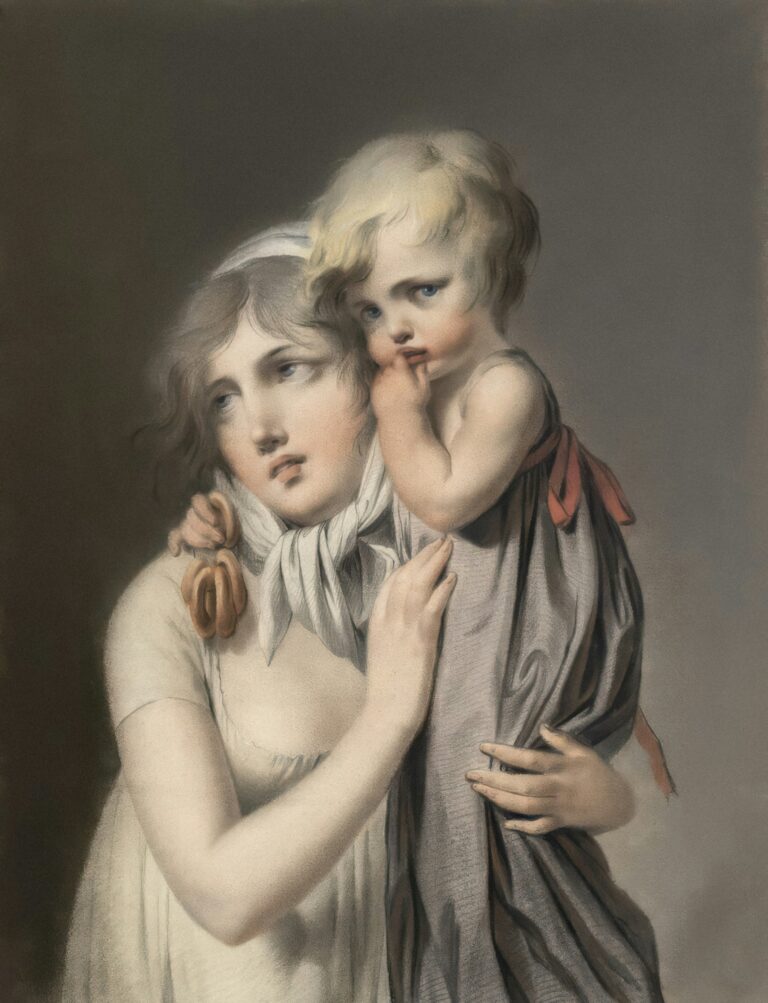
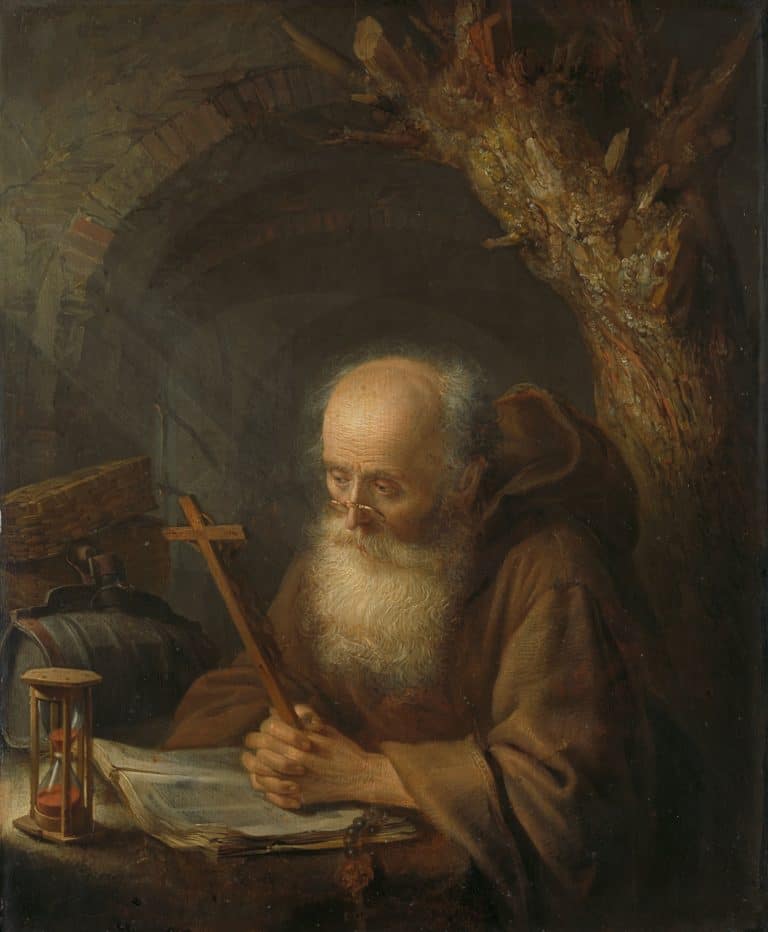
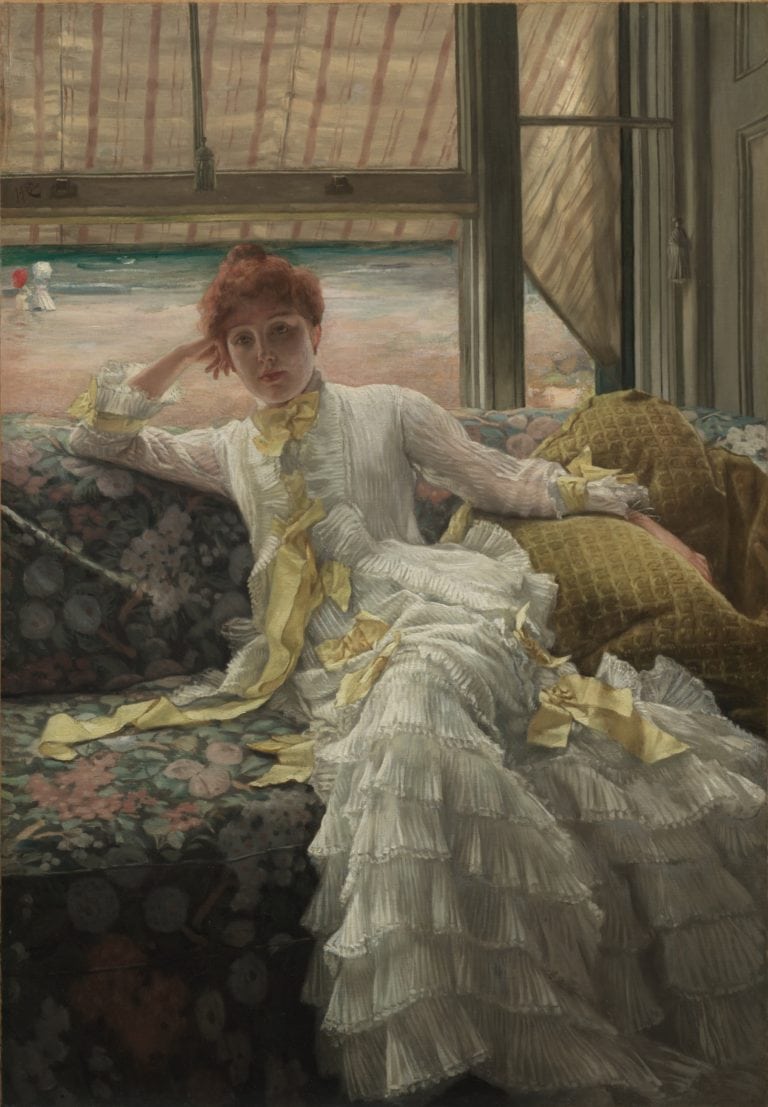
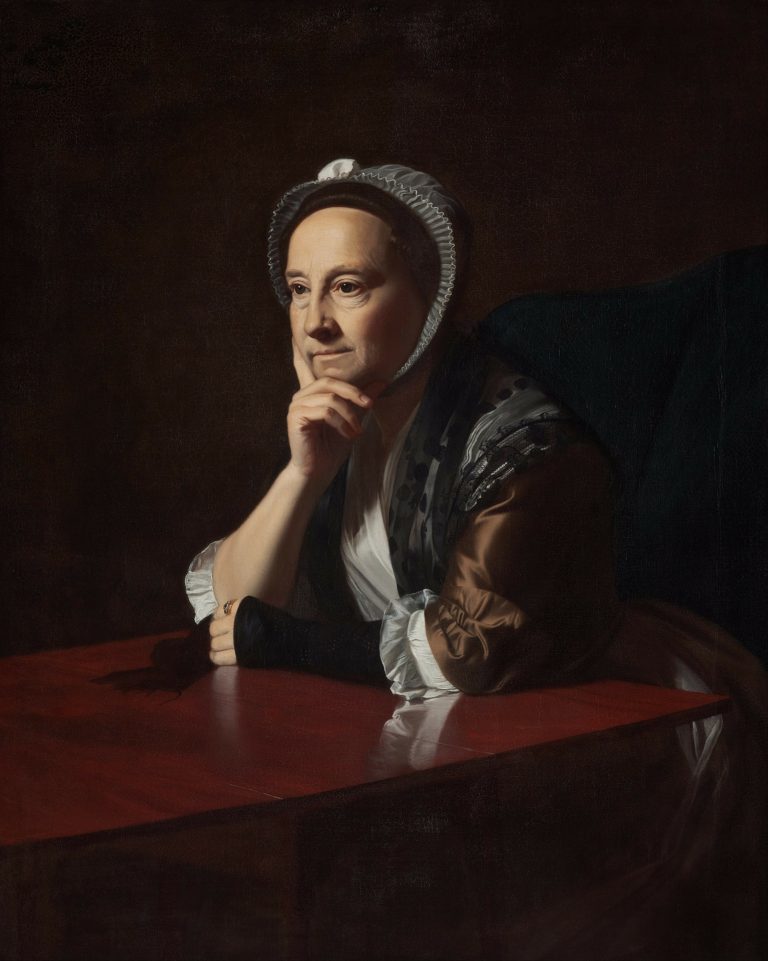

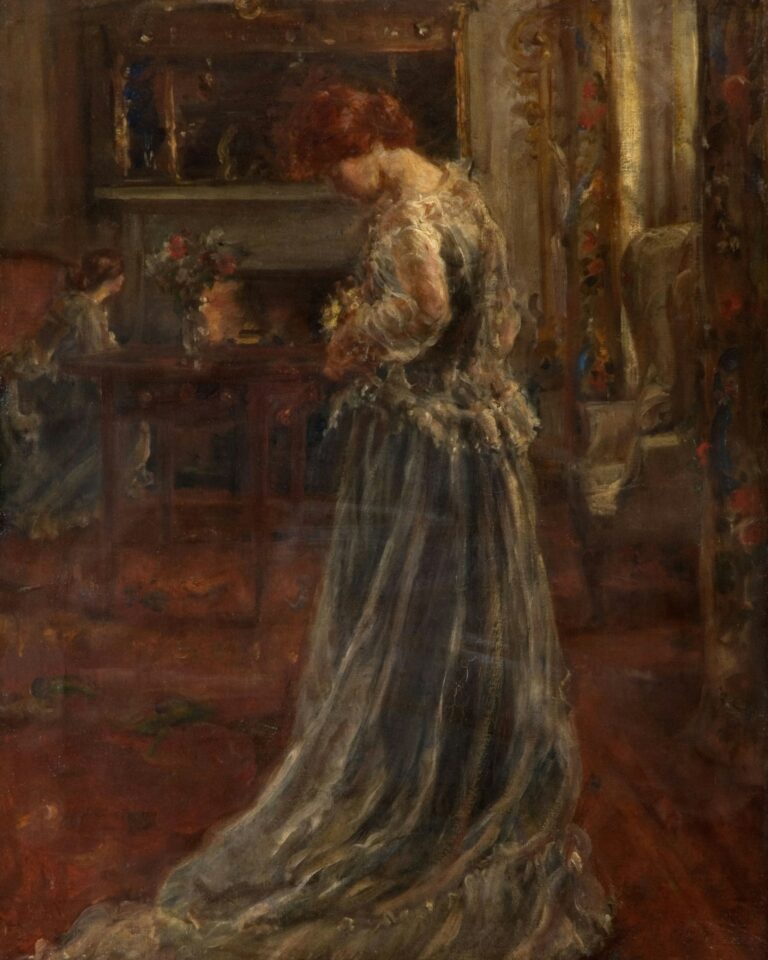
For my thesis, I consulted a lot of information, read your article made me feel a lot, benefited me a lot from it, thank you for your help. Thanks!
Thank you so much!